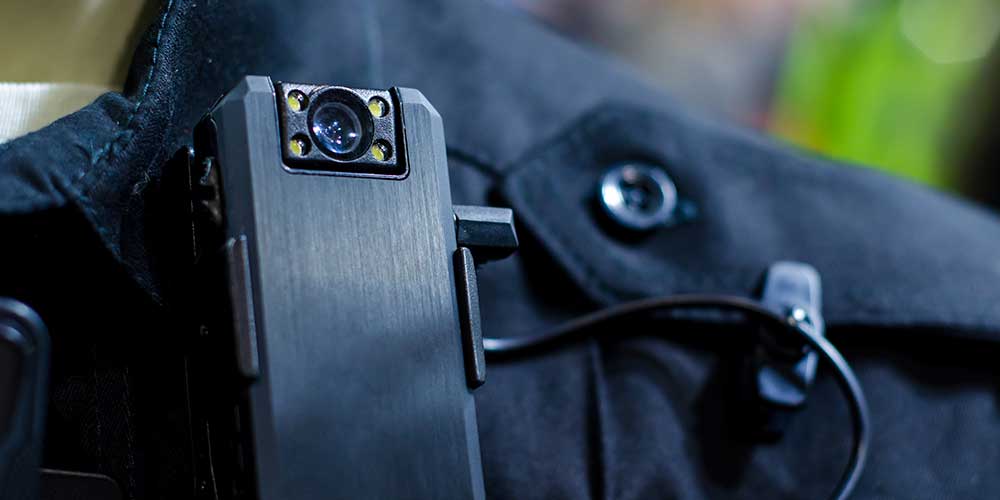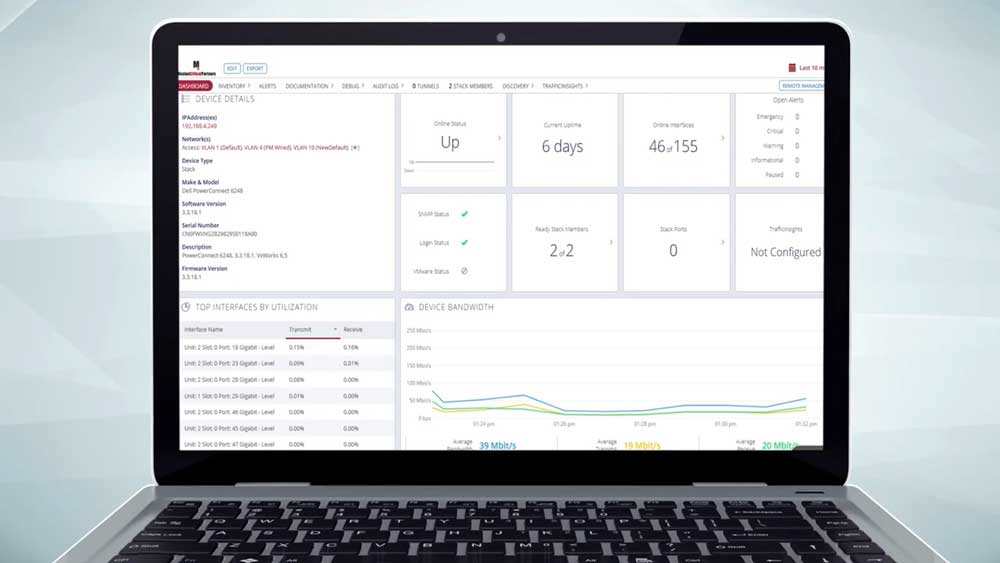EMS Technology is Evolving to Ease, and Eventually End, Billing Woes
A previous post touched upon the difficulties that emergency medical service (EMS) agencies experience when trying to bill and then collect payment for the services that they provide. Those difficulties are considerable and have plagued the sector for as long as EMS has existed. Hundreds of millions of dollars go uncollected across the sector each year. For instance, an EMS study for one of MCP's clients wrote off $7 million last year because of an inability to bill for EMS services. That’s a big number.
Many EMS agencies across the United States are in similar circumstances. This makes it much more difficult for agencies to maintain their service-delivery models, pay salaries and benefits, ensure that existing equipment is operational, and upgrade or replace equipment that has reached or is approaching end of life.



















